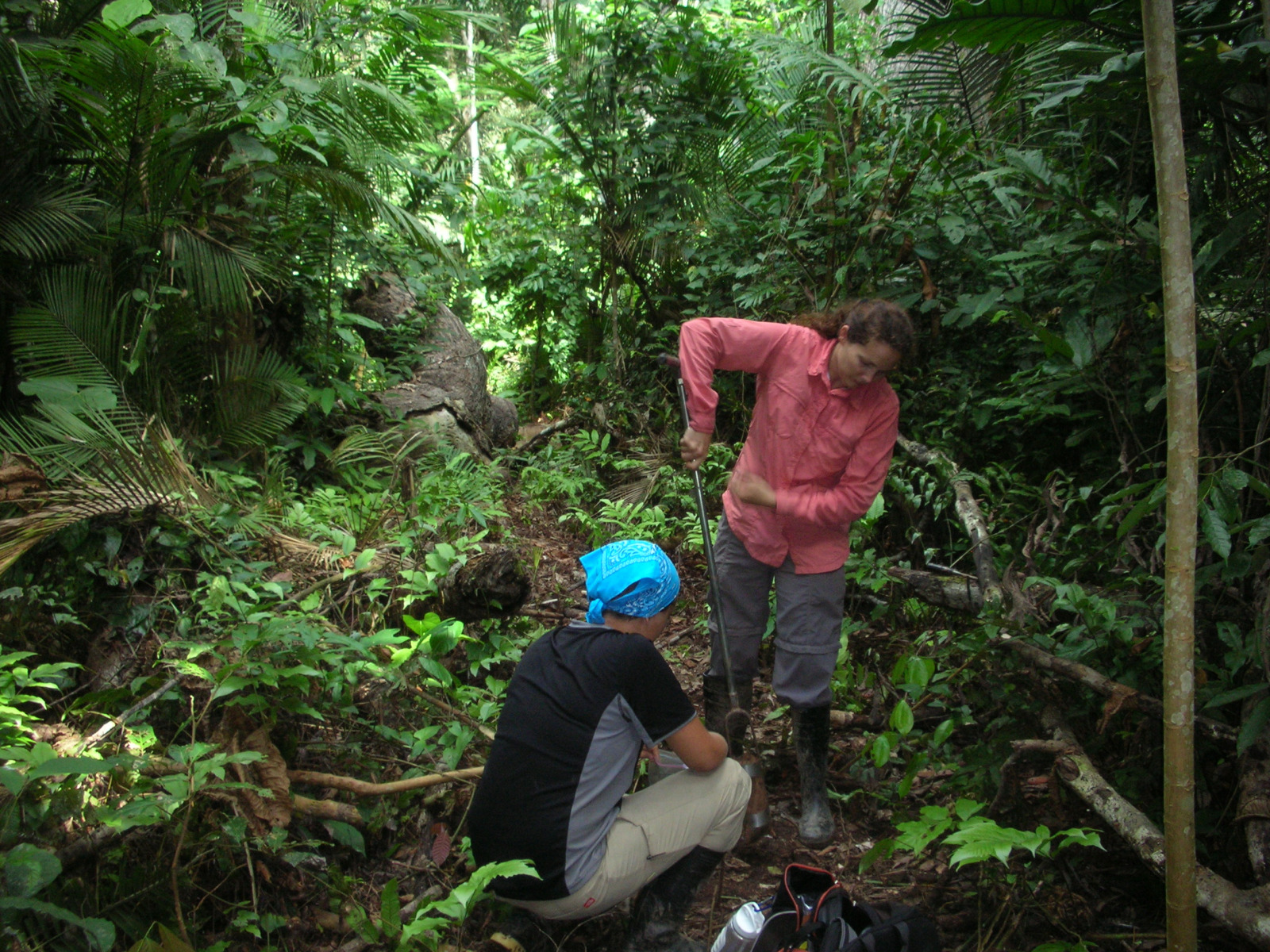A study, published in the journal Science this week, has found that Pre-Columbian populations tended to avoid settling in the western Amazon basin, while the eastern and some of the central areas were much more densely populated. Much debate has centred around the effect of European colonisation of the Americas, since it is not known how many people were living in the Amazon basin before conquistadors arrived, it's not known how many settlements were lost due to imported diseases or collapse. As a result, the mission is to try to build a picture of populations in the Amazon rainforest, which is a tricky task, given the impenetrable nature of the landscape.

A United States team of researchers, led by Crystal McMichael from the Florida Institute of Technology, solved this problem by collecting soil samples from fifty-five sites across three-million square kilometres of Amazonia. Within the soil, the signs of human occupation that they looked for were: charcoal, which can signify the presence of burning, and phytoliths (tiny silica skeletons left behind by plants - and their shape will tell you what sort of plant it belonged to). If the plant was domesticated or agriculturally useful and present in unnatural proportions, you can assume humans put it there. The researchers also looked for evidence of pottery and worked stone in and around these samples.
They found that, while river bluffs in the eastern area of the Amazon basin were well-populated, these same bluffs were predominantly unoccupied in the western areas. There was very little evidence of burning, no pottery and no significant phytoliths on either the riverside settings or within the forest itself. While there may well have been roaming populations of humans within western Amazonia in Pre-Columbian times, these groups would have been small and probably quite nomadic.
Why is this important? Well, one of the assumptions that has come about with the recent discovery of Amazonian occupation in the eastern areas is that the Amazon was able to withstand relatively heavy exploitation and recover quite quickly. What this study shows, however, is that much of Amazonia was never that heavily exploited by people in the first place. So we cannot assume it's all that resilient to the effects of exploitation today.










Comments
Add a comment